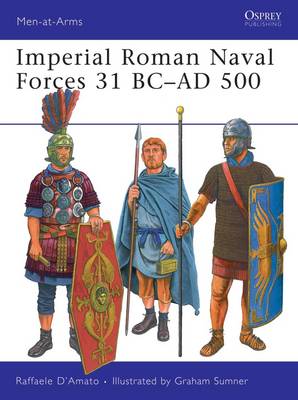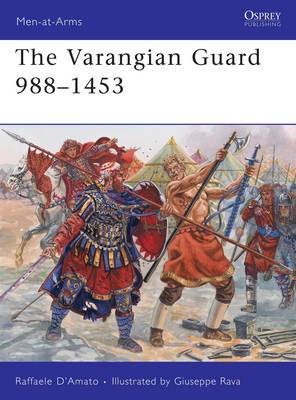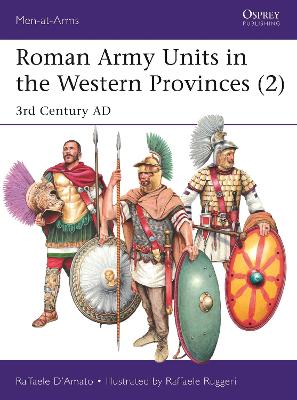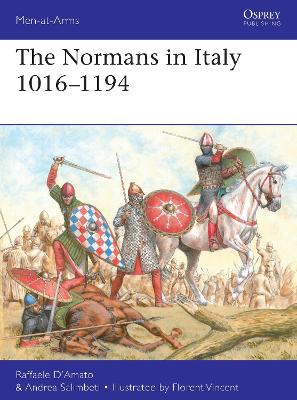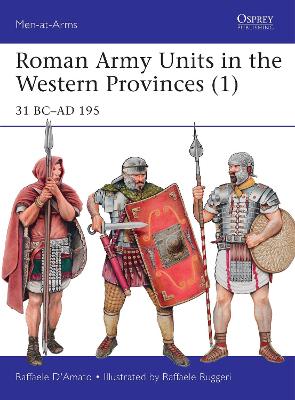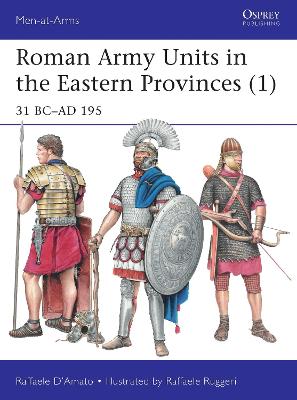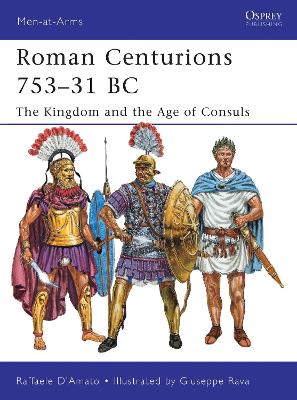Men-at-Arms
4 primary works • 8 total works
Book 4
Book 459
Book 527
During those years no fewer than 51 men were proclaimed as emperors, some lasting only a few days. Despite this apparent chaos, however, the garrisons of the Western Provinces held together, by means of localized organization and the recruitment of 'barbarians' to fill the ranks. They still constituted an army in being when Diocletian took over and began the widespread reforms that rebuilt the Empire – though an Empire that their forefathers would hardly have recognized. Fully illustrated with specially chosen colour plates, this book reveals the uniforms, equipment and deployments of Roman soldiers in the most chaotic years of the Empire.
Book 533
This beautifully illustrated title explores not only the Norman armies, but the armies of their opponents, with full-colour plates and expert analysis revealing fascinating details about the fighting men of Normandy, Byzantium, the Arab armies and more.
but continuing research indicates significant variations in Roman armour and equipment not only between different legions and the provincially-raised auxiliary cohorts that made up half of the army, but also between different regions within the empire. With reference to the latest archaeological and documentary evidence Dr D'Amato investigates how Roman Army units in the Western provinces were equipped, exploring the local influences and traditions that caused the variations in attire.
Using full-colour artwork, this book examines the variation of equipment and uniforms both between different military units, and in armies stationed in different regions of the Empire. Using evidence drawn from recent archaeological finds, it paints a vivid portrait of Roman army units in the Eastern provinces in the first two centuries of the Imperial period.
